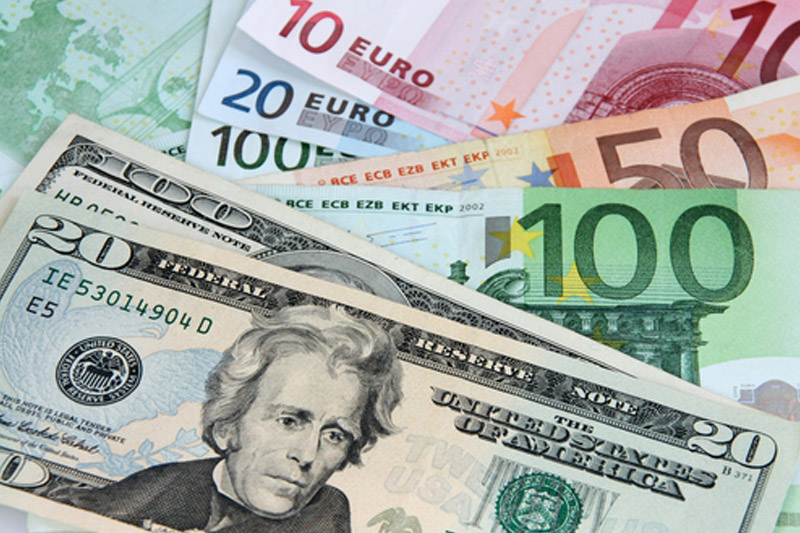Investing.com -- EUR/USD fell considerably on Friday as the dollar erased nearly all of its losses from the previous session when it was pushed lower by a widely expected decision by the Federal Reserve to hold short-term interest rates at their current near-zero levels.
The currency pair traded in a broad range between 1.1270 and 1.1460 before settling at 1.1299, down 0.0136 or 1.19% on the session. Following Friday's losses, the pair ended the week relatively flat down by roughly 0.35% over the past few days. The euro is still up by more than 2% in value versus the dollar over the last month of trading.
EUR/USD likely gained support at 1.1088, the low from September 4 and was met with resistance at 1.1625, the high from Aug. 25.
Investors continued to react to a relatively dovish statement from the Federal Open Market Committee on Thursday, which voted to leave its benchmark Federal Funds Rate unchanged, after citing broad weakness in the global economy. In the September monetary policy statement, the FOMC reiterated that it would like to see improvements in the labor market and signals that inflation is moving toward its long-term targeted goal of 2% inflation before it raises rates for the first time since 2006. Still, 13 of the 17 members present at the meeting predicted that the FOMC will raise the Fed Funds Rate by at least 0.25% by the end of the year.
The Fed Funds Rate has remained at its current level between zero and 0.25% since the height of the Financial Crisis.
Despite expressing significant concerns with the pace of economic growth globally, Fed chair Janet Yellen appeared more optimistic with the developments of the U.S. economy since the FOMC last met in July. The U.S. labor market, she said, is moving closer to full employment, which creates upward pressure on inflation.
The Fed is expected to keep a close eye on the September national employment report for indications of continued wage growth. While non-farm average hourly earnings ticked up by 0.3% in August from the previous month, they were up only 2.2% from their level in August, 2014. On an inflation-adjusted basis, wage gains have remained virtually flat over the last five years. Over the second quarter, U.S. labor costs inched up 0.2%, recording their smallest increase in more than 30 years.
One day after falling by more than 10 basis points, yields on the U.S. 2-Year fell mildly by two basis points to 0.678%. The short-term Treasuries are sensitive to changes in the Fed Funds Rate.
Elsewhere, the dollar rose sharply against a host of emerging market currencies, including the Kazakh Tenge, Korean Won and Brazilian Real on Friday. Following the Fed's decision, the dollar depreciated against a number of currencies from smaller nations around the world. A rate hike is generally viewed as bearish for emerging markets.
The U.S. Dollar Index, which measures the strength of the greenback versus a basket of six other major currencies, rose more than 0.75% to an intraday high of 95.53, before falling back slightly to 95.36. For the week, the index inched up by 0.03%.
